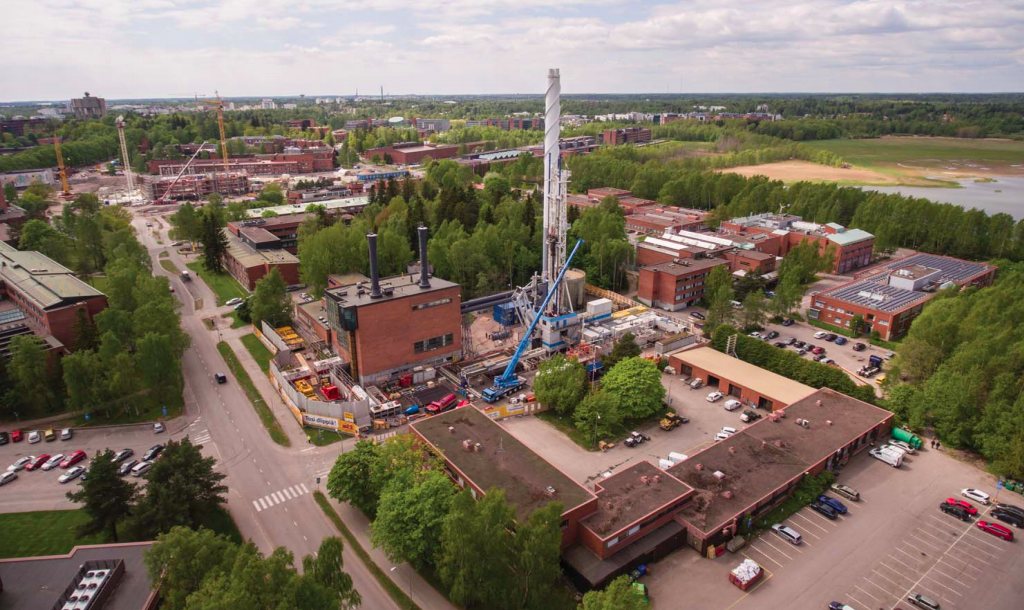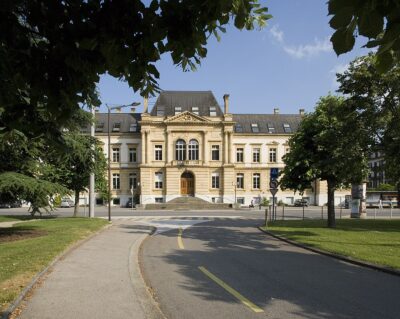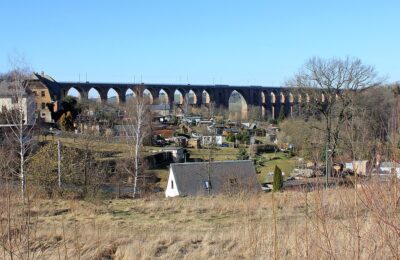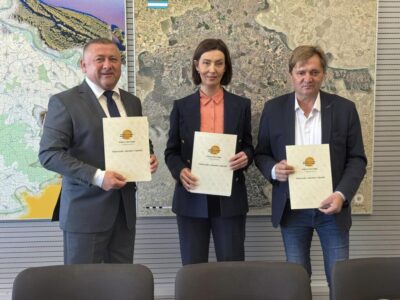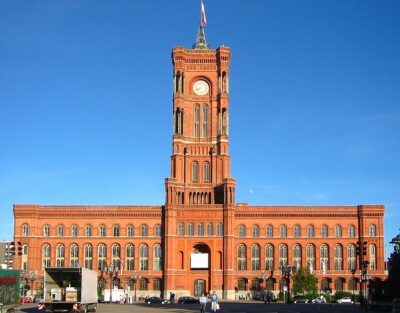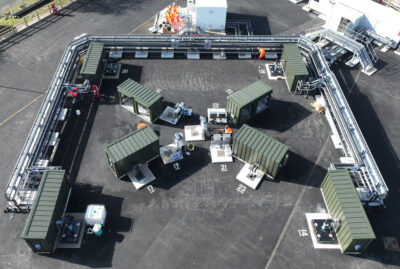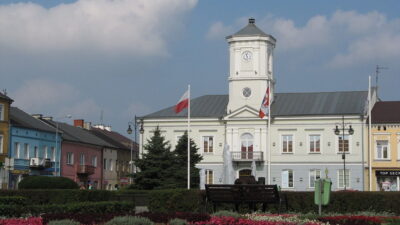Stimulation stage of St1’s geothermal project successfully completed in Otaniemi, Finland
St1 has announced having made significant progress for its geothermal pilot project in Otaniemi, Finland, with the successful completion with the stimulation stage.
In an announcement by email, St1 has announced having made significant progress for its geothermal pilot project in Otaniemi, Finland. The company successfully completed the stimulation stage.
One of the most challenging aspects of St1’s geothermal project, the water stimulation in the depth of kilometres has now been completed according to plan. The stimulation was used to open closed rock fractures and to investigate the water flow by pumping water into the existing 6.4 km-deep well in highly controlled cycles, so that the micro-earthquakes induced by pumping in the bedrock remained within the limits predefined by the authorities. During the next 5 – 7 months, the results will be analyzed and more cost-efficient drilling technology will be developed. The analysis phase will determine the project’s continuation. The planned geothermal heat plant in Otaniemi could fulfil up to 10 percent of district heating demand with emission-free energy in the Espoo area.
”The stimulation test proved that water can be pumped into Finland’s tough granite bedrock and be made to flow through the rock. The controlled stimulation technology we opted for, and the pinpointing of the appropriate fracture zones, proved to work and the bedrock behaved as we had expected,” says Tero Saarno, Production Director at St1 Deep Heat.
A prerequisite for emission-free geothermal heat production is getting water to flow between the two boreholes. Inducing micro-earthquakes by water stimulation into the deep bedrock is thus an essential aspect of geothermal heat plant construction. It also allows for accurately determining the drilling path for the rest of the other borehole, which is needed to bring up the injected water.
Controlled stimulation monitored by authorities – sound observed in neighboring areas
During the stimulation stage, experts from St1 pumped water into a 6.4-km deep injection borehole, monitoring this process with underground geophones installed in the Metropolitan area. In addition, the Institute of Seismology at the University of Helsinki used its own geophones to independently monitor the stimulation. The highest micro-earthquake during the water simulation test was a magnitude of 1.9. The limit values for the micro-earthquakes were predefined by the authorities to a much lower level than for example are used in blasting operations. Within these limits, the stimulation was performed in a controlled and safe manner, without posing a danger to people or damage to structures.
“Because the site is located in Helsinki Metropolitan area near housing and infrastructure, the magnitudes were set so low that the disturbing effects would probably remain minor. On site, the effects of stimulation were closely monitored and reacted to quickly when needed,” says seismologist Tommi Vuorinen of the Institute of Seismology.
According to Tero Saarno, the only surprise during the stimulation phase was the noise nuisance caused by the more powerful micro-earthquakes, whose transmission through the rock could not be anticipated. During the stimulation, these micro-earthquakes in the bedrock were audible as distant rumbling or banging noises, while the largest caused structures to vibrate in certain areas.
“I hear for the first time such loud noises coming from so small micro-earthquakes, even though I have lived and worked most of my life in very active earthquake areas, such as California, Hawaii, New Zealand and Turkey. It is very exceptional that these sounds are even audible, as the sediment layers of the Earth normally absorb them. The unique data now recorded opens up a whole new area of research, aimed at identifying their causes, including the potential effect of nearby bays and the uniqueness of Finnish bedrock, “says Peter E. Malin, a member of the project expert team, R&D Director at the seismic monitoring company ASIR, and a Professor of Seismology at the German Geoscience Research Center in Potsdam.
“Local residents have provided us with valuable observations on the resulting noise,” says grateful Saarno. “Mid-way through the stimulation, also acoustic measurements began in the Laajalahti region and in Munkkiniemi. Based on the observations we received, instruments were installed in places such as the basement and roof of a house in Munkkiniemi, and they were also installed in the clay layer of Pikku Huopalahti. Internationally renowned Kalliotekniikka Consulting Engineers Oy was responsible for the ground-based sound and vibration measurement. “The measured vibration levels on the ground were really low: only 1/100 of the level measured in blasting operations and far from the actual level that could cause damage to the buildings. Also, the noise measurements were clearly below the guidelines of the Ministry of Social Affairs and Health throughout the project, “says Vesa Holmstro?m, Technical Manager in Kalliotekniikka.
A completed geothermal heat plant will not cause micro-earthquakes or noises.
Internationally interesting project
A team of 25 experts have been working in shifts around the clock during the stimulation phase at St1 Deep Heat’s Otaniemi construction site. The project deploys best international geothermal expertise and experience from previous projects.
“This is the first time that geothermal heat from these kinds of deep bedrock conditions has looked promising and economically viable. If successfully continued, the project represents a major opportunity for sustainable heat production. In addition, it is rare for a private company to take this financial risk and begin solving the challenges posed by hard bedrock in a systematic and determined manner – a modern example of Finnish sisu. The Finnish pilot project is also being followed with interest in various parts of the world. If the project succeeds in Otaniemi, it will be duplicated elsewhere,” says Peter E. Malin.
Source: Company release by email
